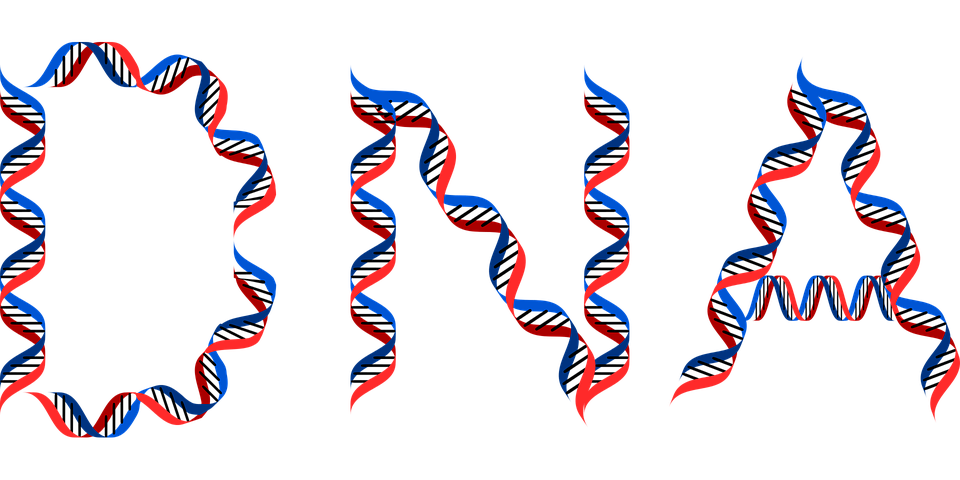
UC San Diego and UCLA researchers find tandem repeats, which are also associated with Huntington’s disease, may contribute to autism.
Mutations that occur in certain DNA regions, called tandem repeats, may play a significant role in autism spectrum disorders, according to research led by Melissa Gymrek, assistant professor in the UC San Diego Department of Computer Science and Engineering and School of Medicine. The study, which was published in Nature on Jan. 14, was co-authored by UCLA professor of human genetics Kirk Lohmueller and highlights the contributions these understudied mutations can make to disease.
“Few researchers really study these repetitive regions because they’re generally non-coding–they do not make proteins; their function is unclear; and they can be difficult to analyze,” said Gymrek. “However, my lab has found these tandem repeats can influence gene expression, as well as the likelihood of developing certain conditions such as autism.”
In the paper, the lab studied around 1,600 “quad” families, which include mother, father, a neurotypical child and a child with
autism . Specifically, they were looking for de novo mutations, which appear in the children but not the parents. This analysis, led by UC San Diego graduate student and first author Ileena Mitra, identified an average of 50 de novo mutations at tandem repeats in each child, regardless of whether they were affected by autism.
On average, there were more mutations in autism children, and while the increase was statistically significant, it was also relatively modest. However, using a novel algorithmic tool developed by UC San Diego bioengineering undergraduate and second author Bonnie Huang, the researchers showed tandem repeat mutations predicted to be most evolutionarily deleterious were found at higher rates in autistic children.
“In our initial analysis, the ratio between the number of mutations in autistic children and neurotypical children was around 1.03, so barely above one,” said Gymrek. “However, after we applied Bonnie’s tool, we found relative risk increased about two-and-a-half fold. The kids with autism had more severe mutations compared to the controls.”
Finding so many previously undiscovered tandem repeat mutations is significant, as it matches the number of point mutations (single alterations in the A, C, G, T bases that make up DNA) typically found in each child.
The study also produced a wealth of information about the many factors that can influence these de novo mutations. For example, children with older fathers had more tandem repeat mutations, quite possibly because sperm continues to divide – and accumulate mutations – during a man’s lifetime. However, the changes in repeat length coming from mothers were often larger, though the reasons for this are unclear.
“The mutations from dad tended to be plus or minus one copy,” said Gymrek. “However, mutations from mom were usually plus or minus two or more copies, so we’d see more dramatic events when they came from the mother.”
This approach highlighted a number of genes that had already been linked to autism, as well as new candidates, which the lab is now exploring.
“We want to learn more about what these novel autismgenes are doing,” said Gymrek. “It’s exciting because repeats have so much more variation compared to point mutations. We can learn quite a bit from a single location on the genome.”



